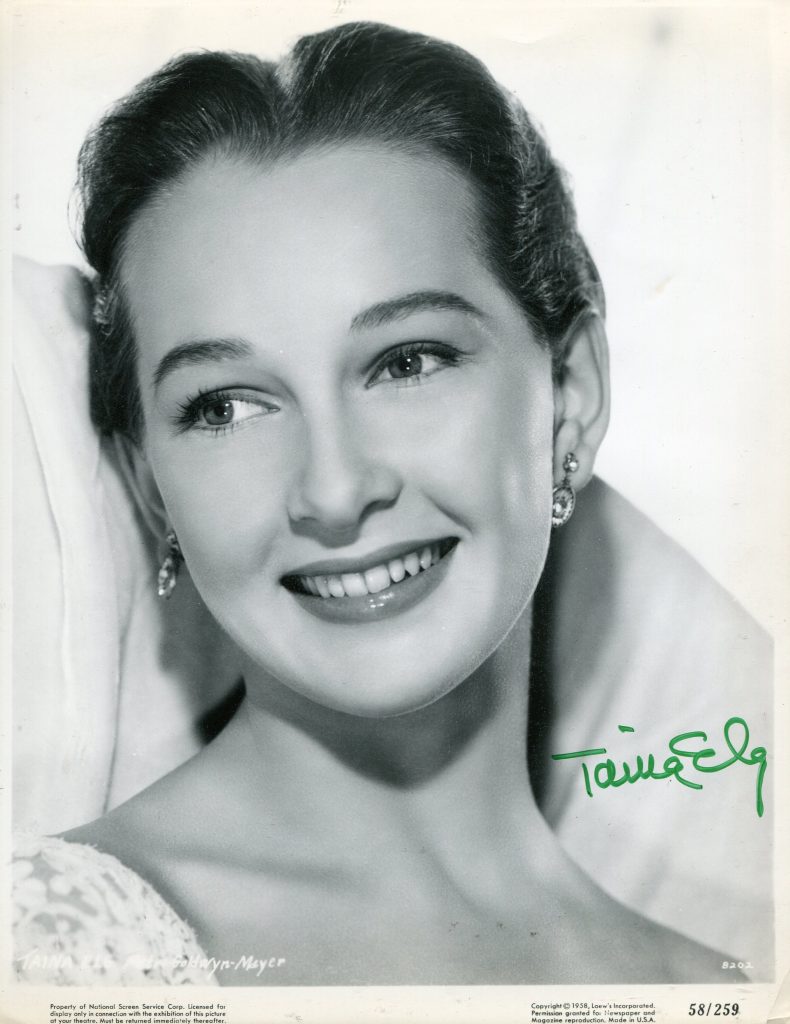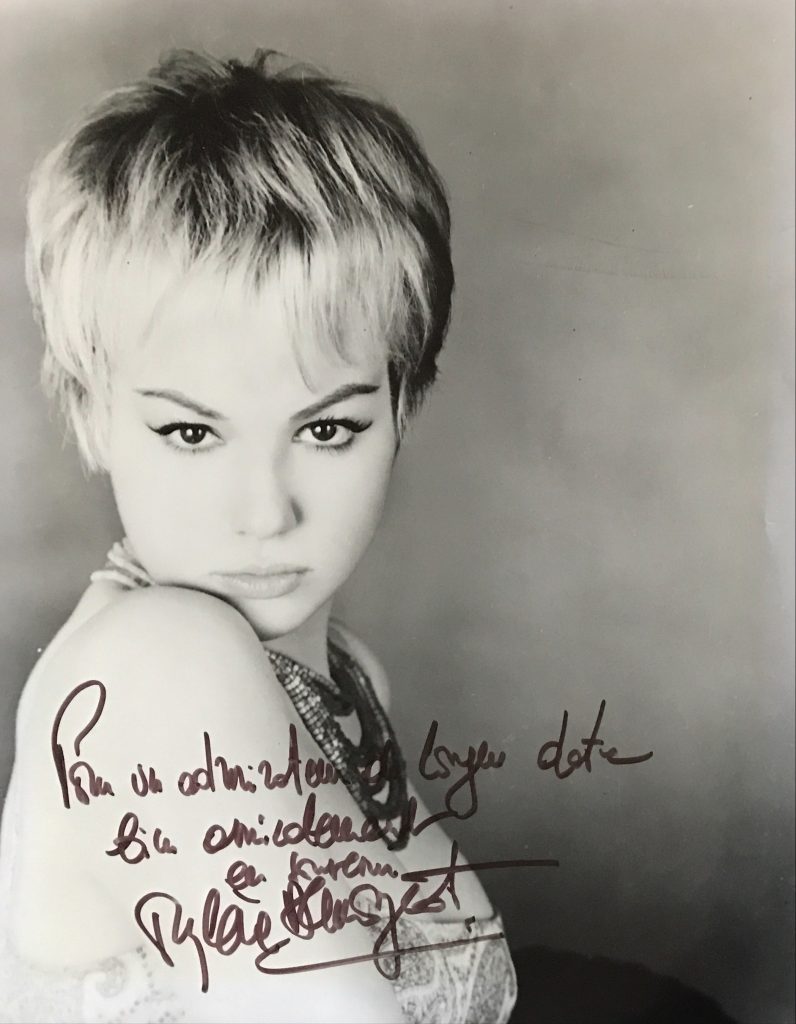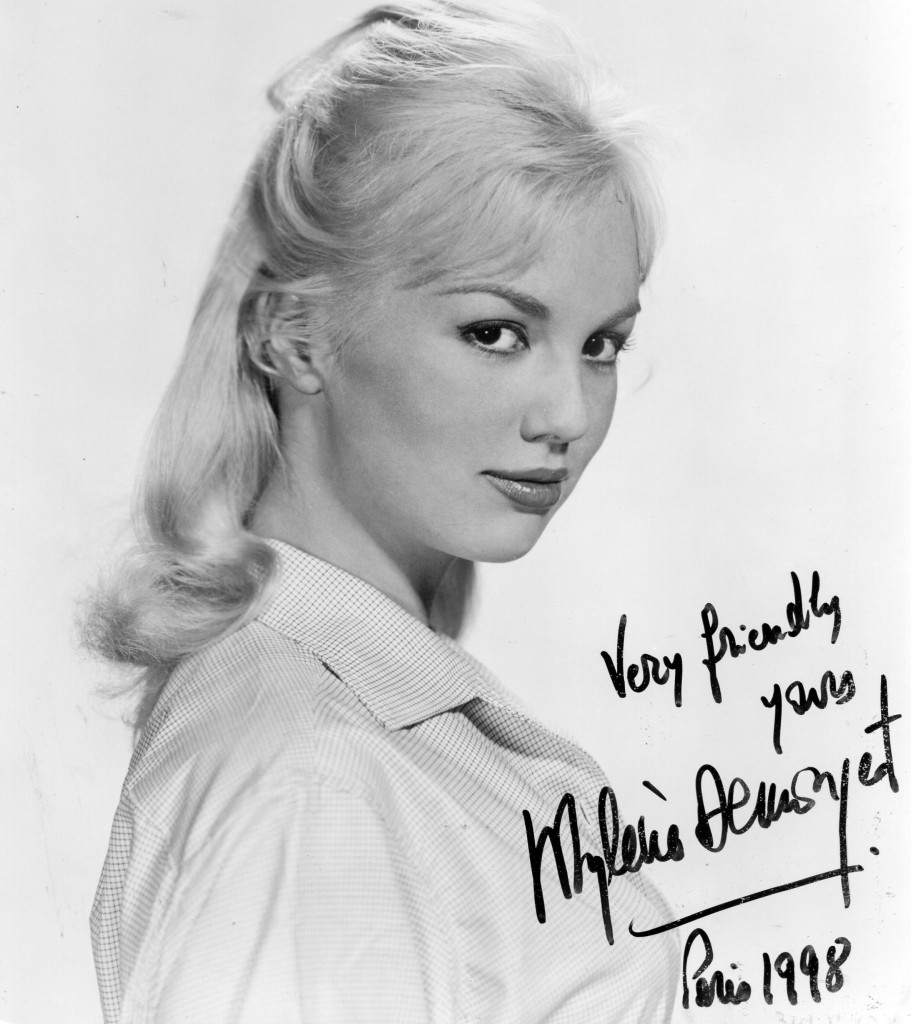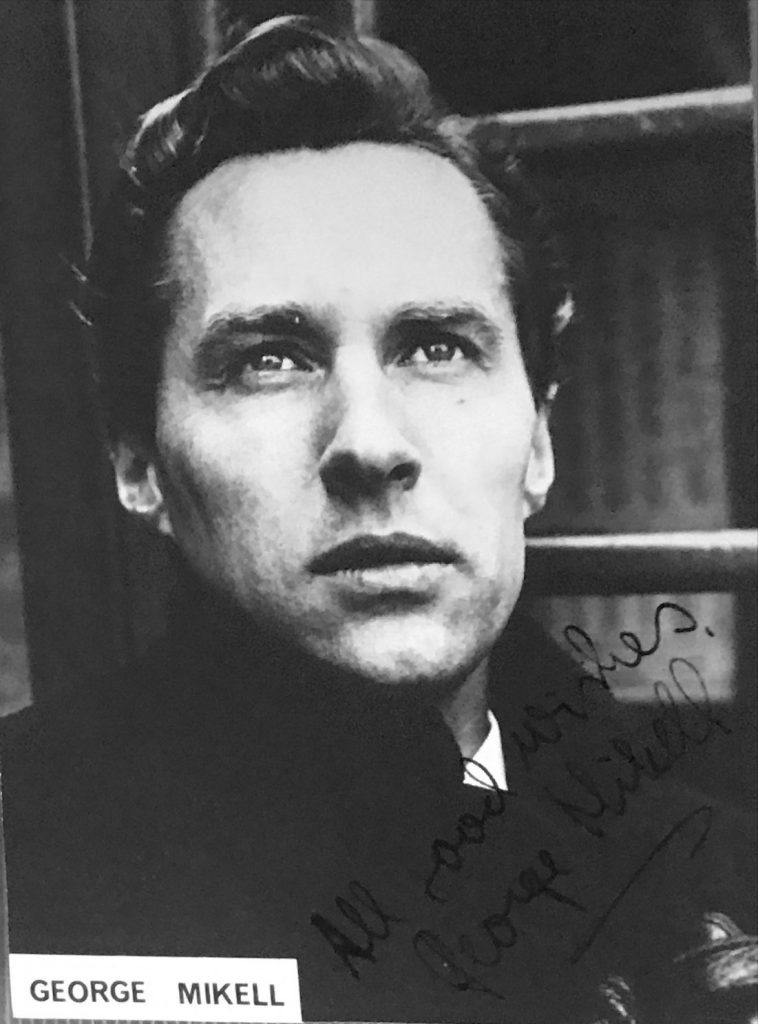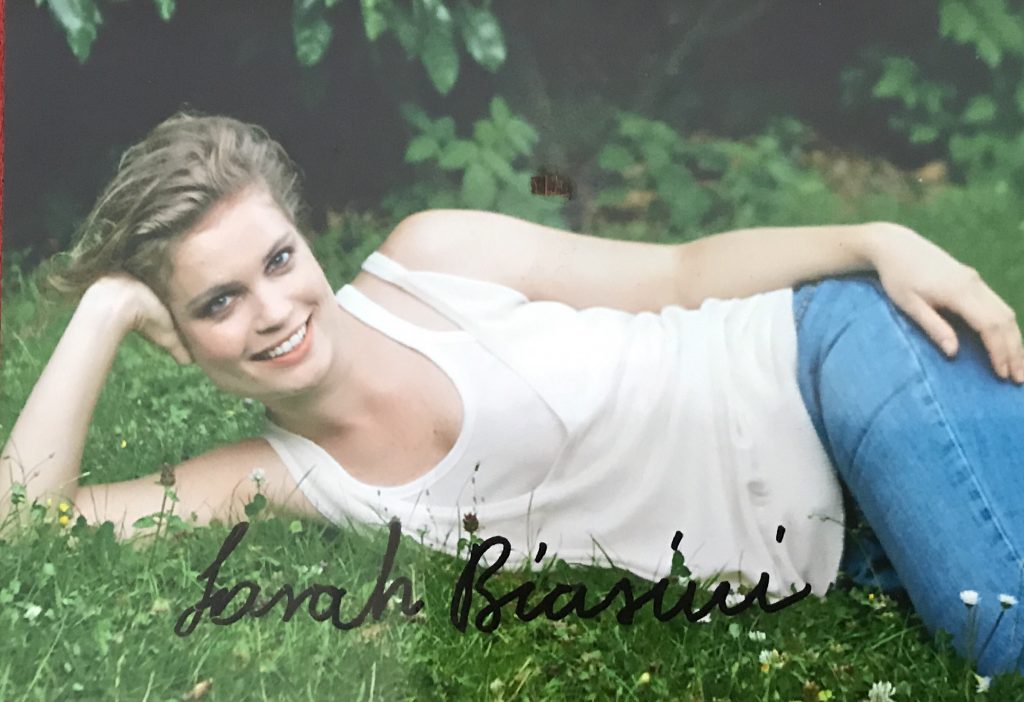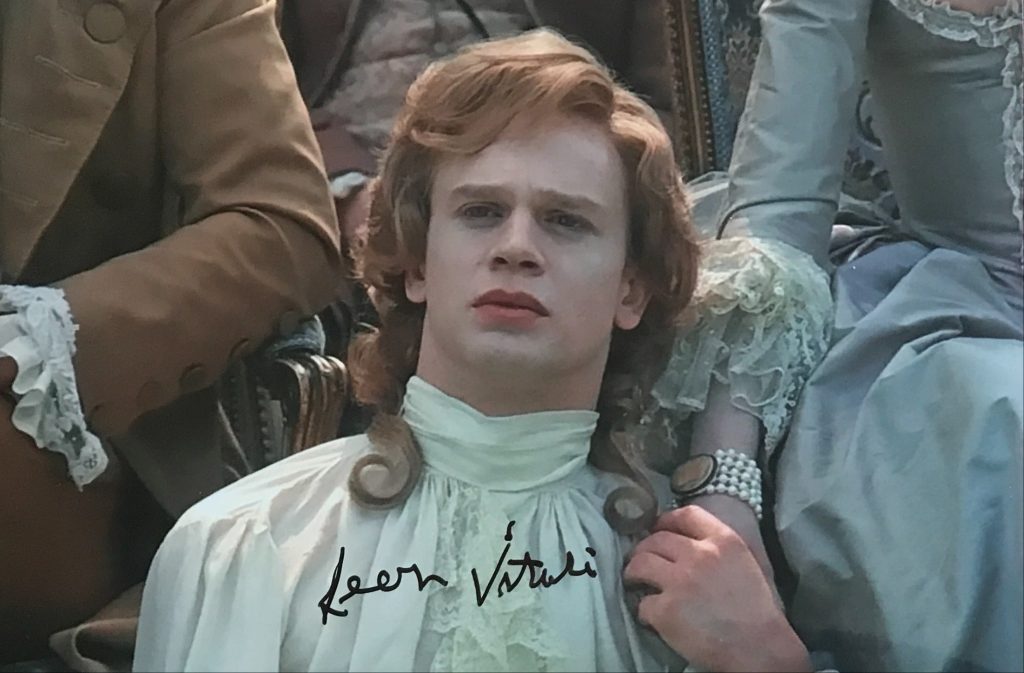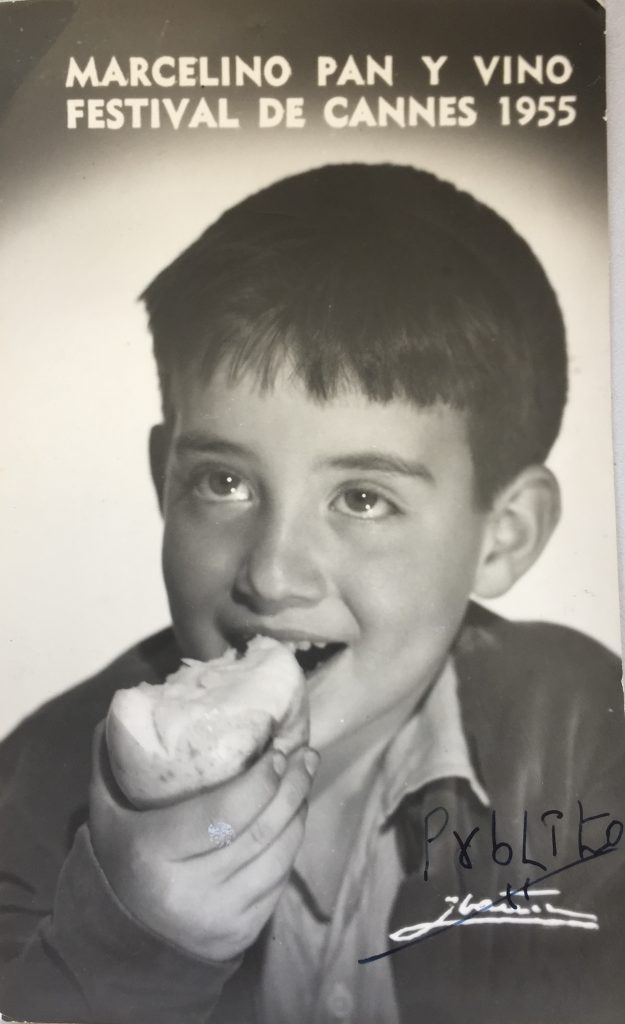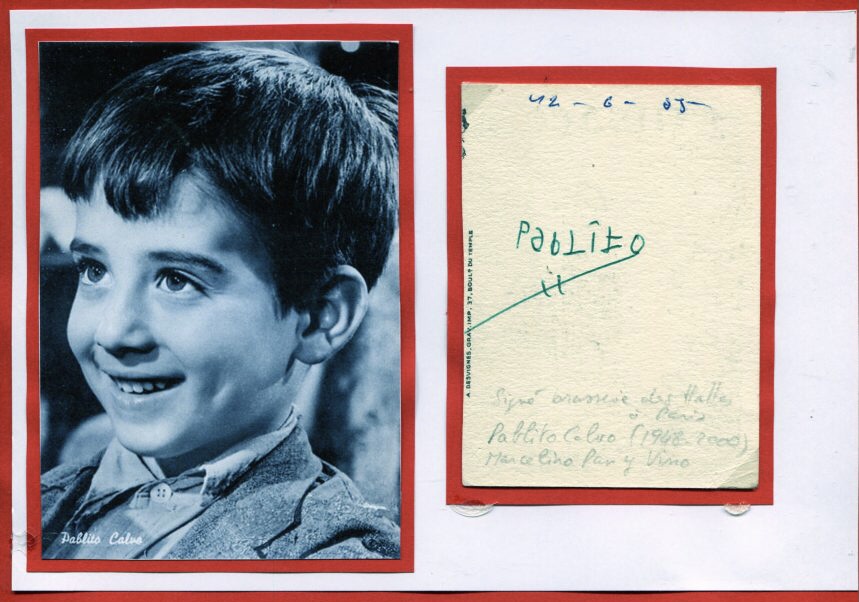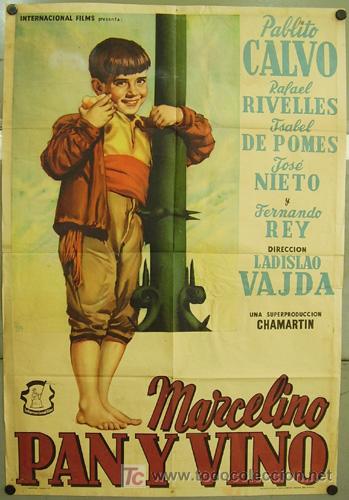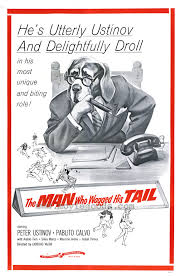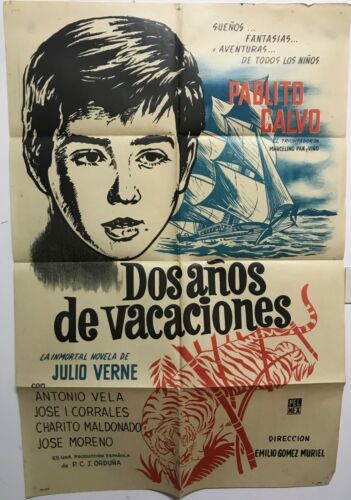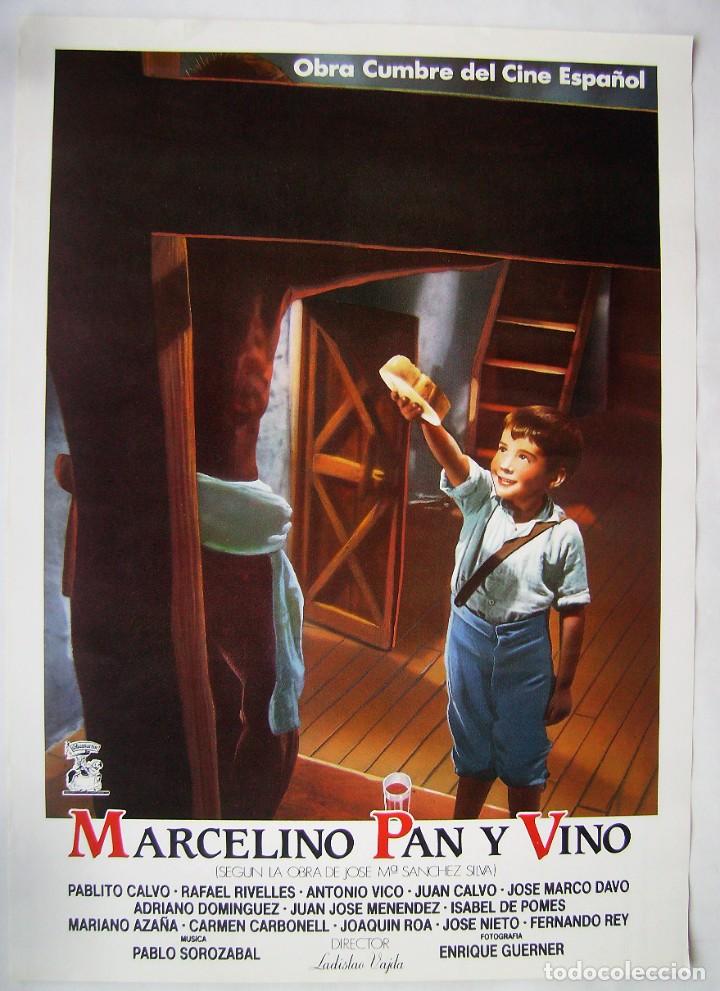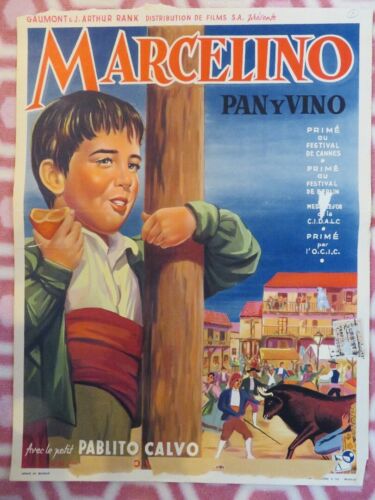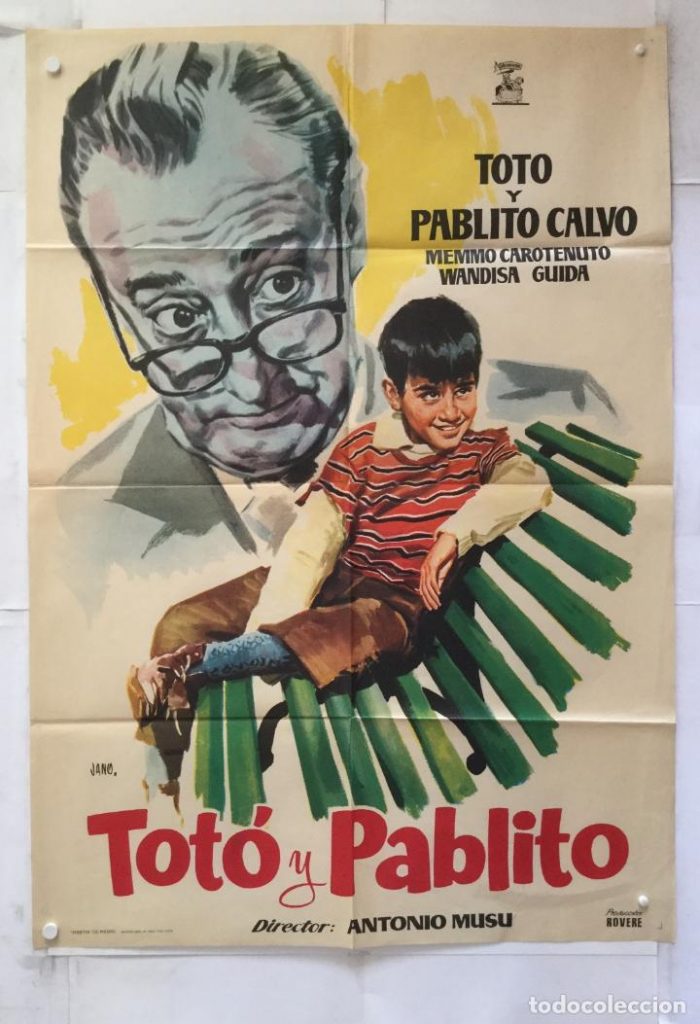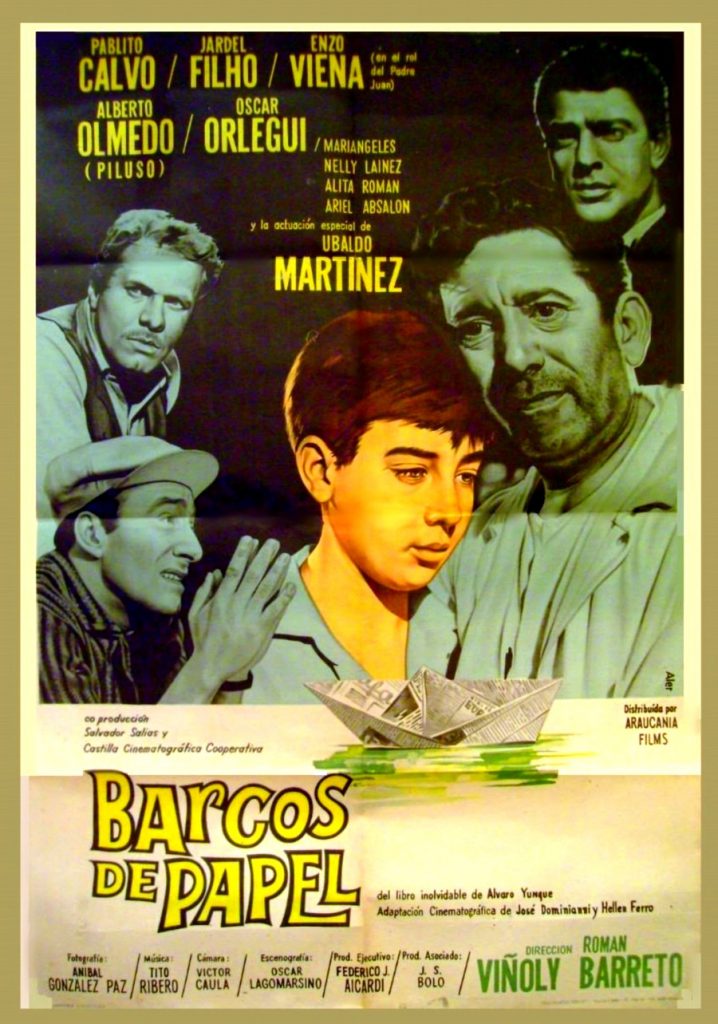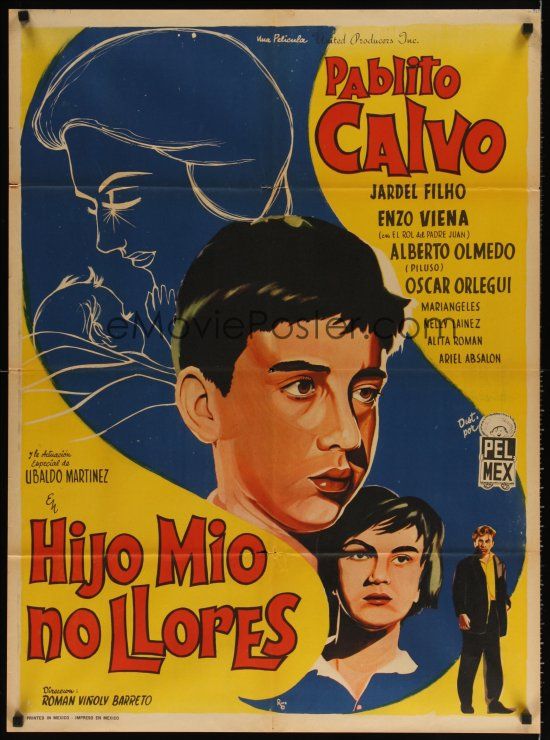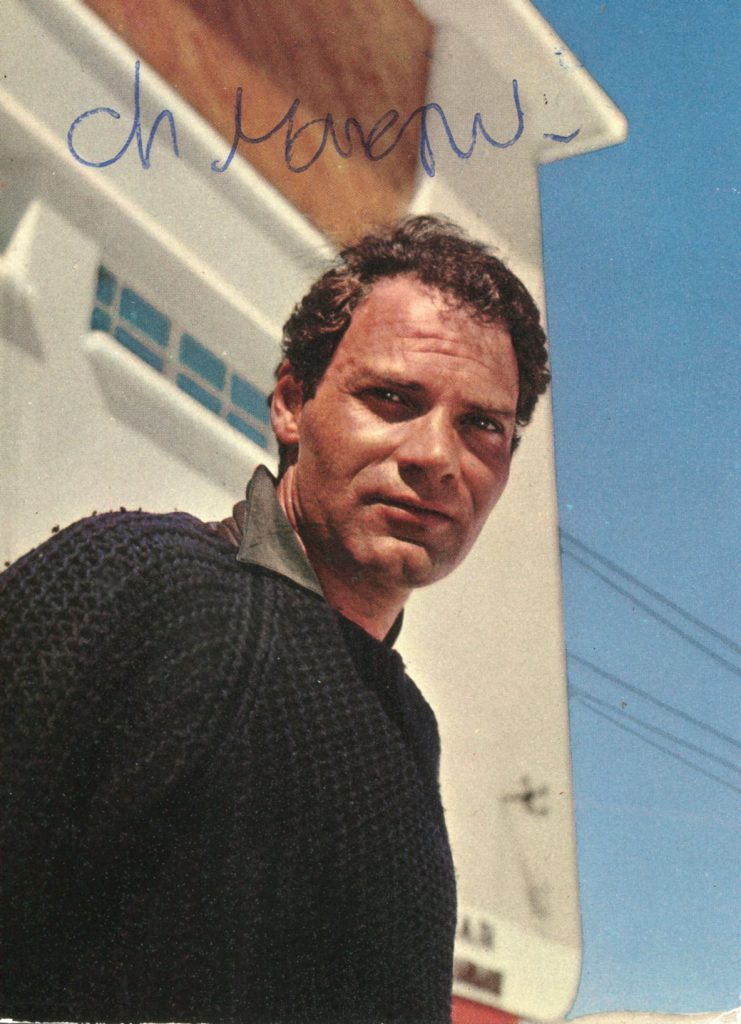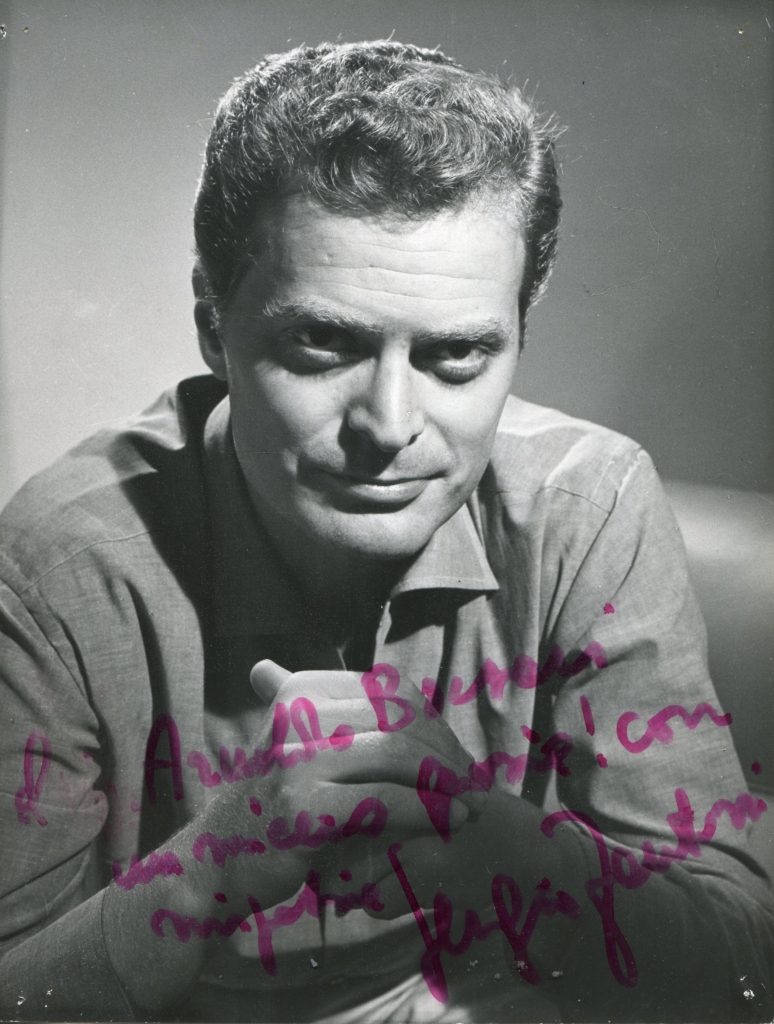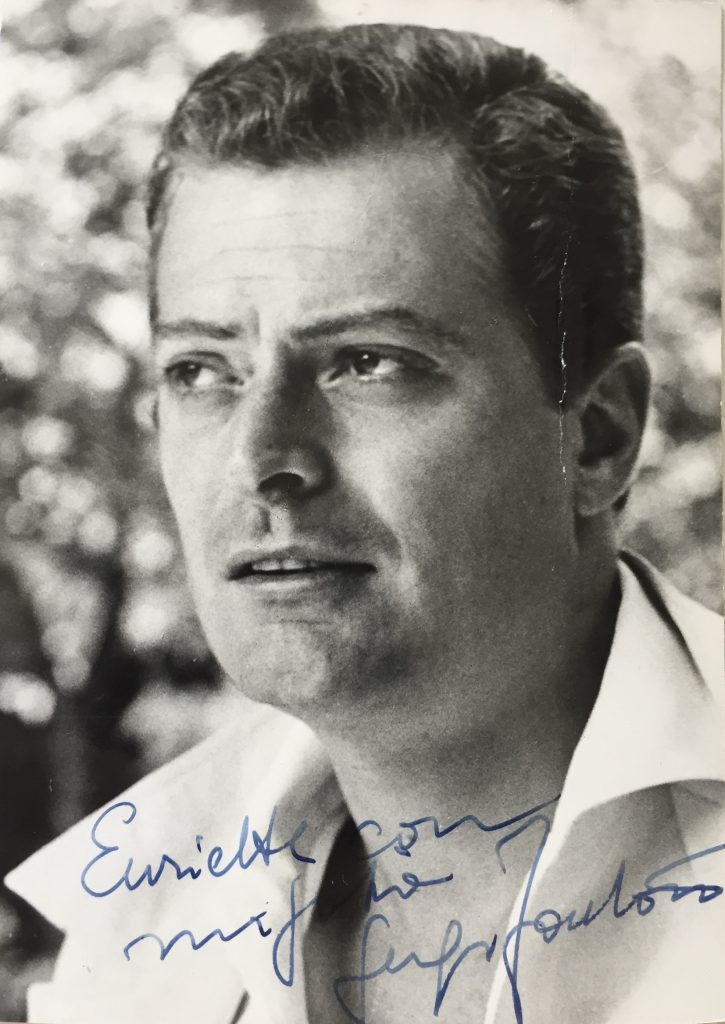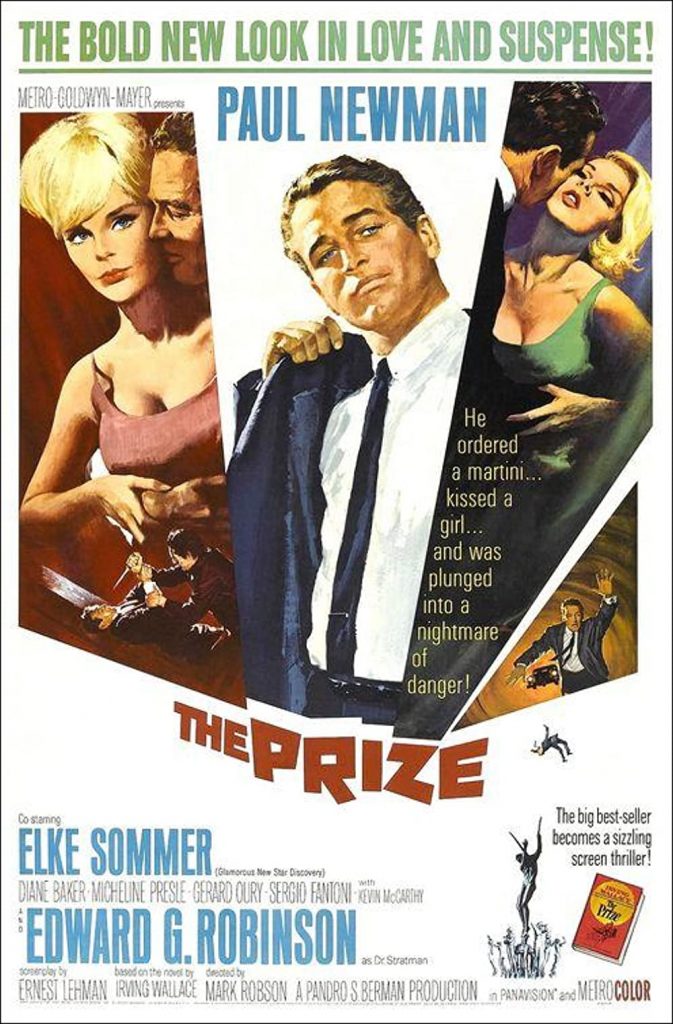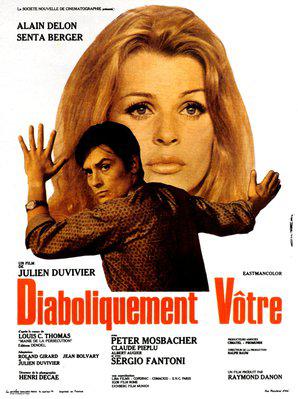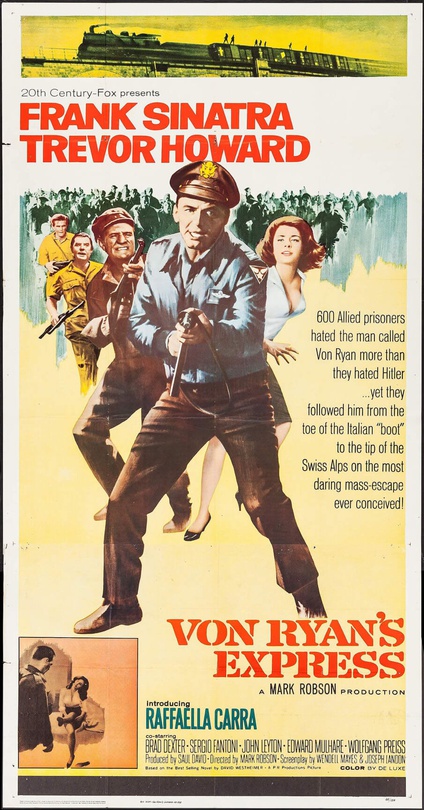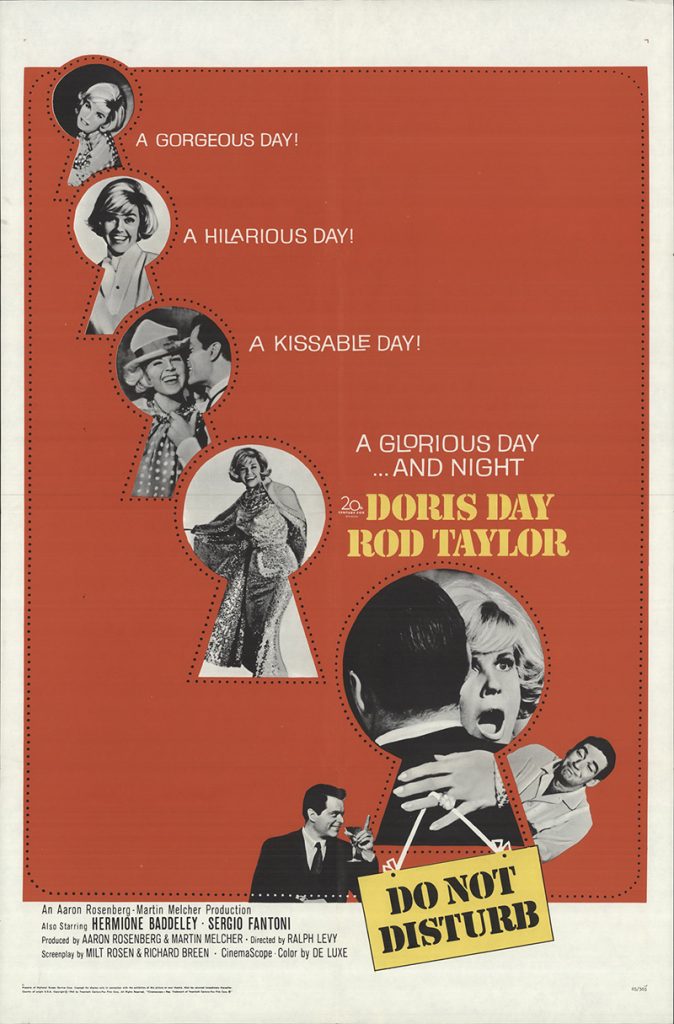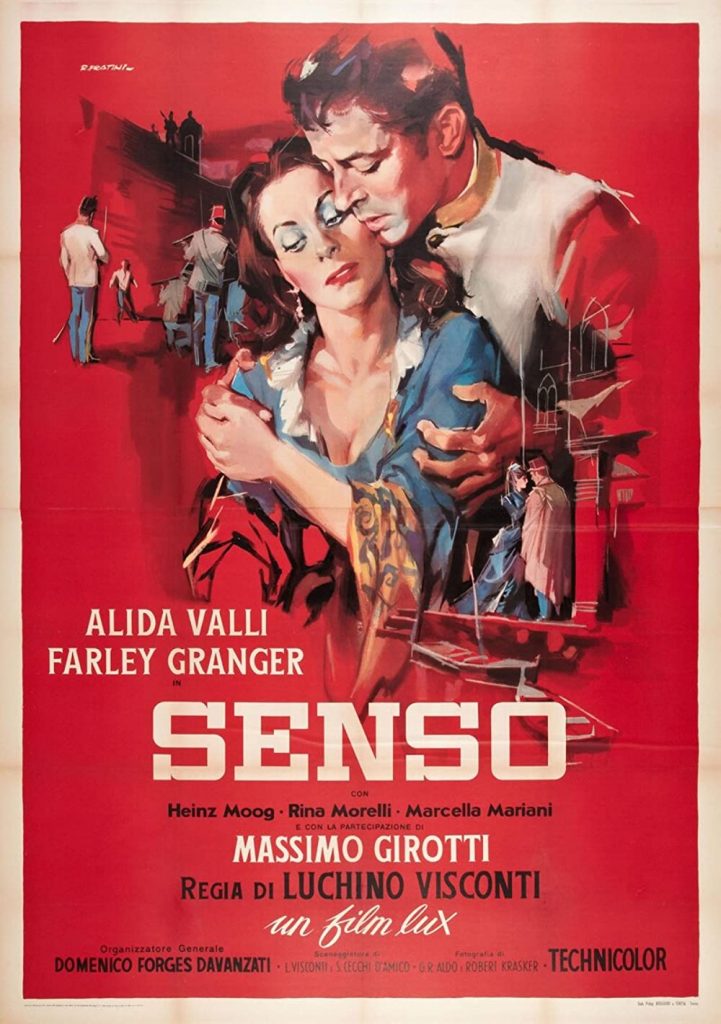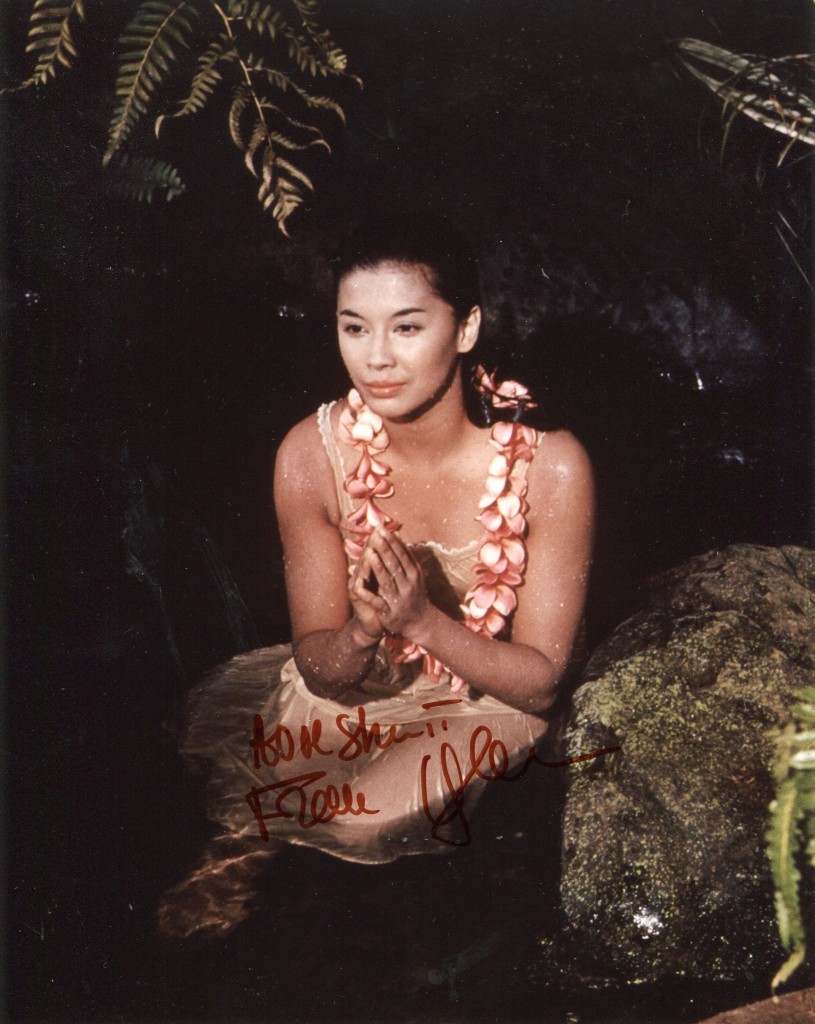
France Nuyen (born France Nguyễn Vân Nga on 31 July 1939) is a French-American actress, model, and psychological counselor. She is known to film audiences for playing romantic leads in South Pacific (1958), Satan Never Sleeps (1962), and A Girl Named Tamiko (also 1962), and for playing Ying-Ying St. Clair in The Joy Luck Club (1993). She also originated the title role in the Broadway play The World of Suzie Wong, based on the novel of the same name. She is a Theatre World Award winner and Golden Globe Award nominee.
France Nuyen was born in Marseille. Her mother was French and during World War II, her mother and grandfather were persecuted by the Nazis for being Roma.
Nuyen was raised in Marseille by a cousin she calls “an Orchidaceae raiser who was the only person who gave a damn about me.” Having left school at the age of 11, she began studying art and became an artist’s model
In 1955, while working as a seamstress, Nuyen was discovered on the beach by Lifephotographer Philippe Halsman. She was featured on the cover of 6 October 1958 issue of Life
France Nuyen became a motion picture actress in 1958. In her first role, she appeared as Liat, daughter of Bloody Mary (played by Juanita Hall) in the Rodgers and Hammerstein musical South Pacific.
In 1978 France Nuyen guest-starred with Peter Falk and Louis Jourdan in the Columbo episode “Murder Under Glass“. In 1986 she joined the cast of St. Elsewhere as Dr. Paulette Kiem, remaining until the series ended in 1988.
Ms Nuyen appeared in several films including The Last Time I Saw Archie (1961) Satan Never Sleeps (1962), A Girl Named Tamiko(1962), Diamond Head (1963), Dimension 5 (1966), Battle for the Planet of the Apes (1973), The Joy Luck Club (1993) and The American Standards (2008).
France Nuyen worked several times with actor William Shatner. At age 19, she was cast in Shatner’s 1958 Broadway play The World of Suzie Wong. The play ran for more than 500 performances and was quite financially successful. Both Nuyen and Shatner later collected notable accolades for their work on the show, at the 1959 Theatre World Awards.
Ms Nuyen worked again with Shatner across three US television projects, starting with “Elaan of Troyius“, a 1968 third season episode of the original Star Trek in which Nuyen was the title character. She would later appear with Shatner in the 1973 made for TV movie The Horror at 37,000 Feet, and afterward in a 1974 episode of the Kung Fu.
France Nuyen was married to Thomas Gaspar Morell, a psychiatrist from New York, by whom she has a daughter, Fleur, who resides in Canada and works as a film make-up artist. She met her second husband, Robert Culp, while appearing in four episodes of his television series I Spy. They married in 1967, but divorced three years later. In 1986, Nuyen earned a master’s degree in clinical psychology and began a second career as a counselor for abused women, children and women in prison. She received a Woman of the Year award in 1989 for her psychology work. In the Life cover story on Nuyen, she is quoted as saying a proverb she also repeated in character as a spy in the I Spy episode “Magic Mirror”: “I am Chinese. I am a stone. I go where I am kicked.”
She resides in California.
Lorem ipsum dolor sit amet, consectetur adipiscing elit. Ut elit tellus, luctus nec ullamcorper mattis, pulvinar dapibus leo.


